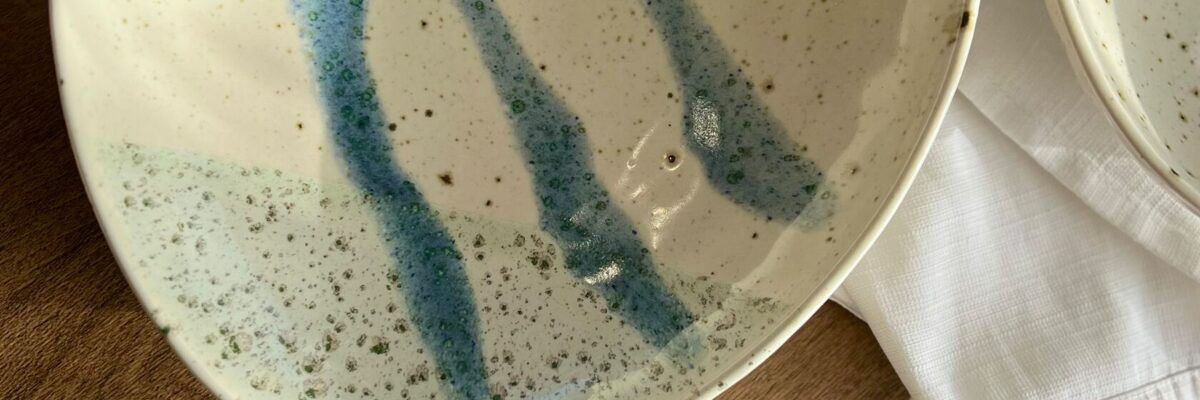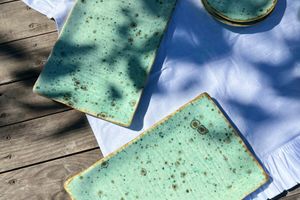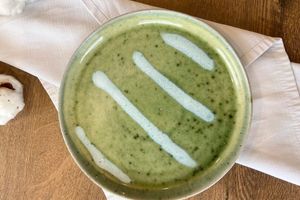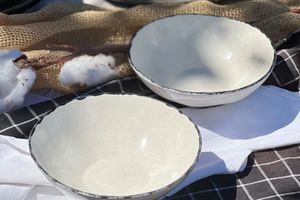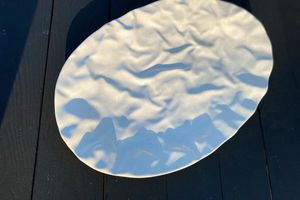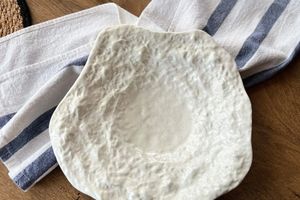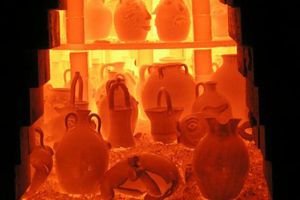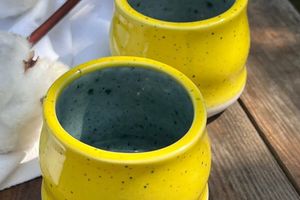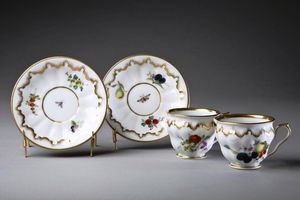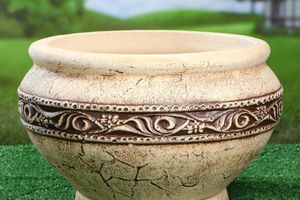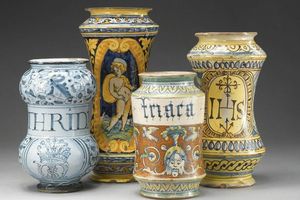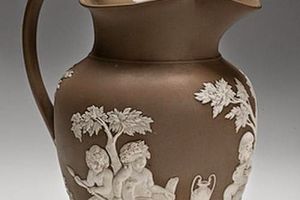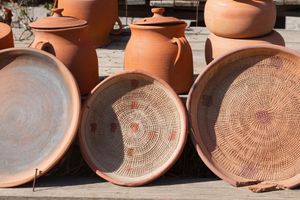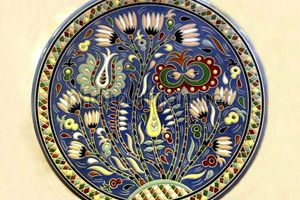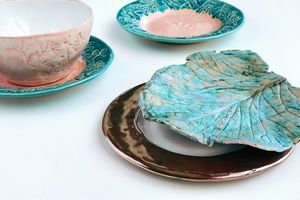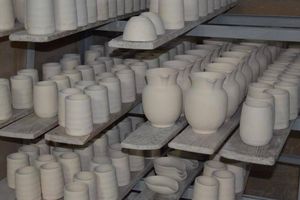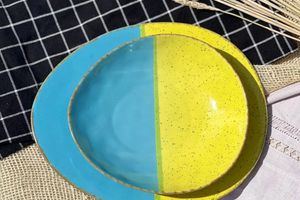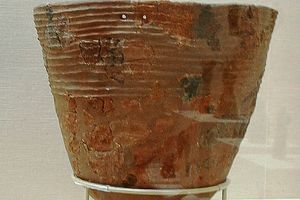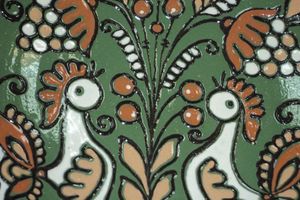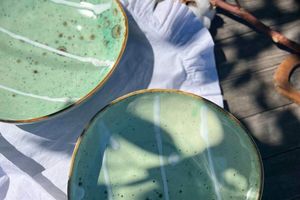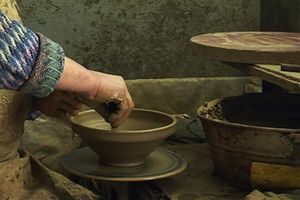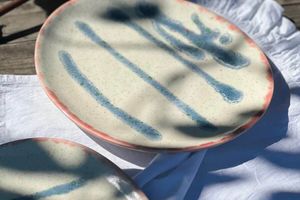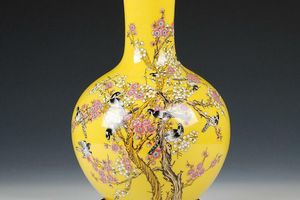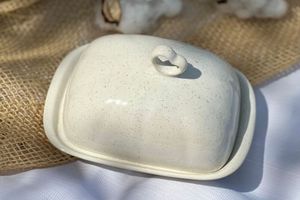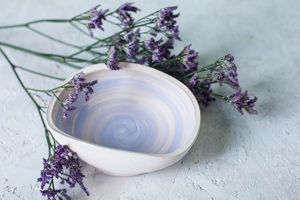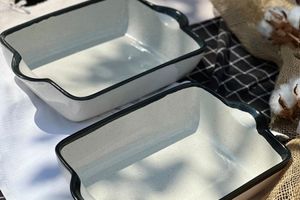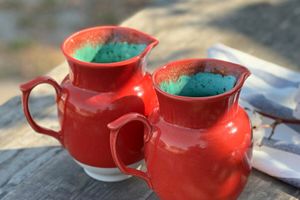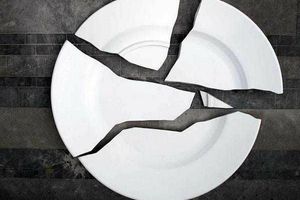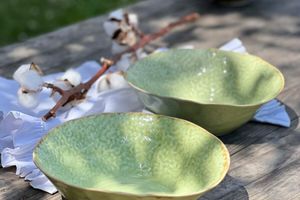Contemporary trends play an important role in shaping ceramic tableware design, reflecting changes in consumer preferences, technology and cultural influences. In recent years, the design of ceramic dishes has evolved significantly, taking into account environmental aspects, innovative materials, new stylistic approaches and functionality. Let's consider how modern trends have influenced the design of ceramic dishes.
1. Minimalism and simplicity
One of the most noticeable trends in ceramic tableware design is minimalism. It reflects the desire for simplicity and functionality, where clean lines, neutral colors and concise forms play an important role.
Colors: Pastel shades, solid colors, and black and white are gaining popularity. This allows you to easily combine dishes with any interior.
Forms: The simplicity of the forms makes the dishes versatile and convenient to use. The absence of unnecessary details emphasizes elegance and modernity.
2. Environmental friendliness and natural materials
Environmental responsibility has become an important component of modern ceramic tableware design. Manufacturers actively use natural materials and implement ecological production methods.
Materials: Natural clay and environmentally friendly glazes are becoming the standard in ceramic production. This reduces the impact on the environment and increases the safety of use.
Eco-design: Products are created that help reduce waste, such as reusable cups or compostable plates.
3. Innovative technologies
Technological innovations make it possible to create ceramic dishes with new properties and a unique design.
3D printing: This technology allows the production of ceramic products with high precision and complex geometric shapes that were previously unavailable.
Nanocoating: The use of nanotechnology to create coatings that provide high strength and scratch resistance is becoming increasingly popular.
4. Revival of traditional techniques
Modern designers often turn to traditional techniques of making ceramics, combining them with modern approaches.
Techniques: The revival of such techniques as Japanese Raku or Ukrainian painted ceramics allows you to create products with a unique character and cultural value.
Handmade: Handmade products are getting a new lease of life as the value of handmade is increasing among consumers looking for authenticity and quality.
5. Aesthetics of imperfection
The concept of Wabi-Sabi, which originates from Japan, is increasingly reflected in the modern design of ceramic dishes. She appreciates the imperfections, natural textures and uniqueness of each product.
Textures: Rough surfaces, visible traces of the potter's wheel and uneven edges add uniqueness to the products and emphasize their naturalness.
Uniqueness: Each product has its own characteristics, which makes it unique and valuable in the eyes of the owner.
6. Bright accents and artistic expression
Although minimalism and simplicity occupy the leading positions, bright accents also find their place in the modern design of ceramic dishes.
Patterns: Geometric, abstract and artistic patterns on dishes are becoming popular because they add brightness and individuality.
Color combinations: The use of contrasting colors and non-standard combinations allows you to create dishes that attract attention and become the central element of serving.
7. Functionality and versatility
Modern ceramic dishes are created taking into account multifunctionality and versatility of use.
Modular systems: Dishes that can be used for different purposes (for example, a cup that can also be used as a bowl) are becoming popular among those who value practicality.
Temperature resistance: Dishes that can withstand sudden changes in temperature are convenient to use both in the oven and in the microwave.
Conclusion
Modern trends in the design of ceramic dishes reflect global changes in society, in particular, the desire for environmental friendliness, simplicity and innovation. Thanks to the combination of traditional techniques with modern technologies, ceramic tableware becomes not only a practical, but also an aesthetic element of our everyday life, able to satisfy the most demanding tastes. Modern ceramic tableware design is a great example of how culture, technology and art can come together to create products that are both beautiful and functional.

